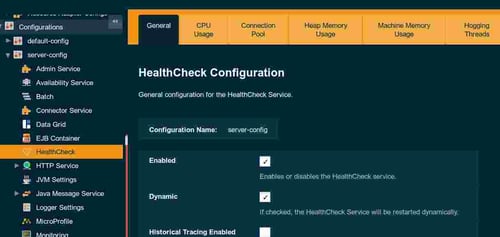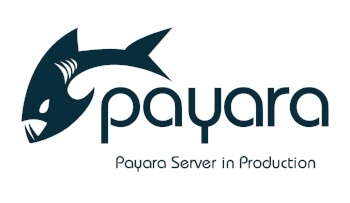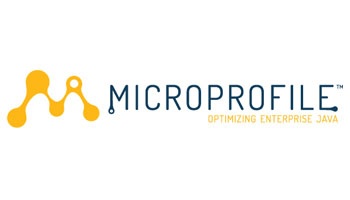Posts tagged Payara Server 5 (2)
Changes to Payara Platform Community Versioning System
Published on 17 Jun 2020
by Debbie Hoffman
Topics:
Payara Server 5,
JakartaEE
|
0 Comments
As the recent June release (download here!) marks the first official release since splitting our product into two separate software editions, Payara Platform Enterprise and Payara Platform Community, you may notice the versioning has been updated.
Back to Basics - Installing Payara Server 5 on Ubuntu
Published on 22 Jan 2020
by Jonathan Coustick
Topics:
Payara Server 5,
JakartaEE,
Payara Server 5 Basics
|
0 Comments
The Health Check Service In-Depth - Payara Server 5
Published on 16 Oct 2019
by Ondro Mihályi
Topics:
What's New,
Ops Teams,
How-to,
Healthcheck,
Security,
DevOps,
Monitoring,
Payara Server 5,
Notifier
|
4 Comments
This is an updated blog of the original which was published in May 2016
Payara Server provides the Health Check Service for automatic self-monitoring in order to detect future problems as soon as possible. When enabled, the Health Check Service periodically checks some low level metrics. Whenever it detects that a threshold is not met, it triggers alert notifications that allow to detect undesired behavior and predict possible failures. All of these automatic checks are very lightweight and run with a negligible impact on performance.
What's New in Payara Platform 192?
Published on 29 May 2019
by Arjan Tijms
Topics:
Payara Micro,
Payara Server 5,
Payara Platform,
New Releases
|
2 Comments
Fine Tuning Payara Server 5 in Production
Published on 21 May 2019
by Fabio Turizo
Topics:
Production Features,
JVM,
Payara Server 5
|
13 Comments
One of the biggest challenges when developing applications for the web is to understand how they need to be fine-tuned when releasing them into a production environment. This is no exception for Java Enterprise applications deployed on a Payara Server installation.
Running a Payara Server setup is simple: download the current distribution suited for your needs (full, web); head to the /bin folder and start the default domain (domain1)! However, keep in mind that this default domain is tailored for development purposes (a trait inherited from GlassFish Server Open Source). When developing a web application, it’s better to quickly code features, deploy them quickly, test them, un-deploy (or redeploy) them, and continue with the next set of features until a stable state is reached.
(last updated 06/04/2021)
New in Payara Server 5.191: Remote EJB via HTTP
Published on 26 Mar 2019
by Arjan Tijms
Topics:
EJB,
Payara Server 5,
New Releases
|
3 Comments
What's New in Payara Platform 191?
Published on 06 Mar 2019
by Andrew Pielage
Topics:
Payara Server 5,
Payara Platform,
New Releases
|
13 Comments
How to Upgrade Payara Server 5
Published on 18 Dec 2018
by Andrew Pielage
Topics:
Upgrade,
Payara Server 5,
Payara Platform
|
0 Comments
This is an update of the article "How to Upgrade Payara Server."
Since Payara Server is on a regular and frequent release cycle, we get a lot of questions on how to upgrade to the latest version while maintaining existing domain configurations.
Debugging: Diagnose and Detect the Cause of Errors in your Application
Published on 13 Sep 2018
by Gaurav Gupta
Topics:
Payara Server 5
|
9 Comments
New Feature in Payara Platform 5.182: MicroProfile REST Client
Published on 16 Aug 2018
by Ondro Mihályi
Topics:
Payara Micro,
REST,
MicroProfile,
Payara Server 5
|
2 Comments
The 5.182 release of Payara Server & Payara Micro (Payara Platform) brings in MicroProfile 1.3. This introduces a couple of updates to some existing specifications, and three new ones: OpenTracing, OpenAPI, and Type-safe REST Client. In this blog, I’ll be covering our implementation of the Type-safe REST Client.








